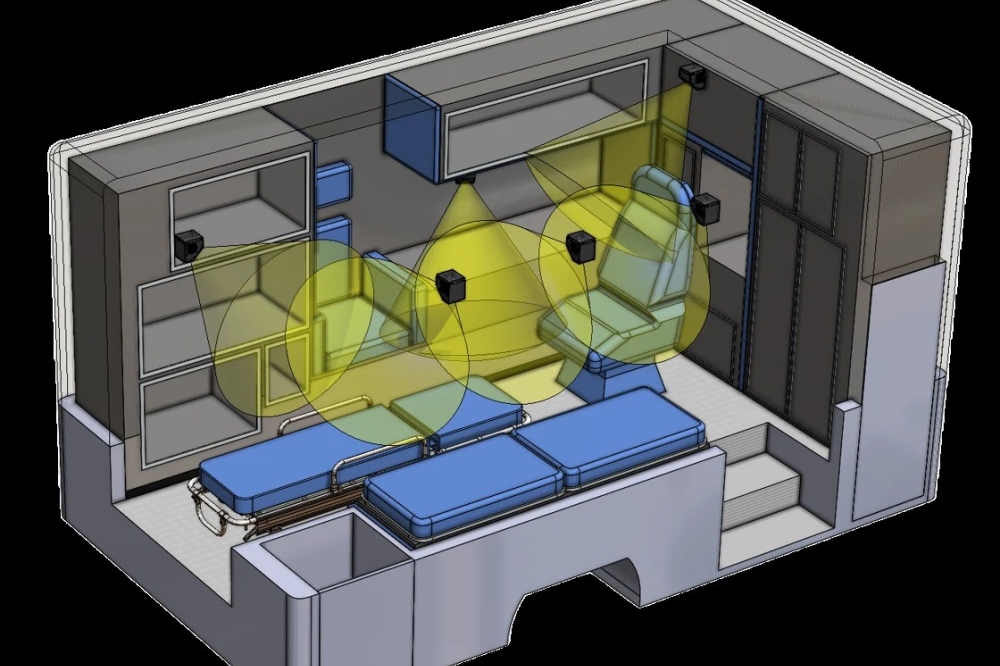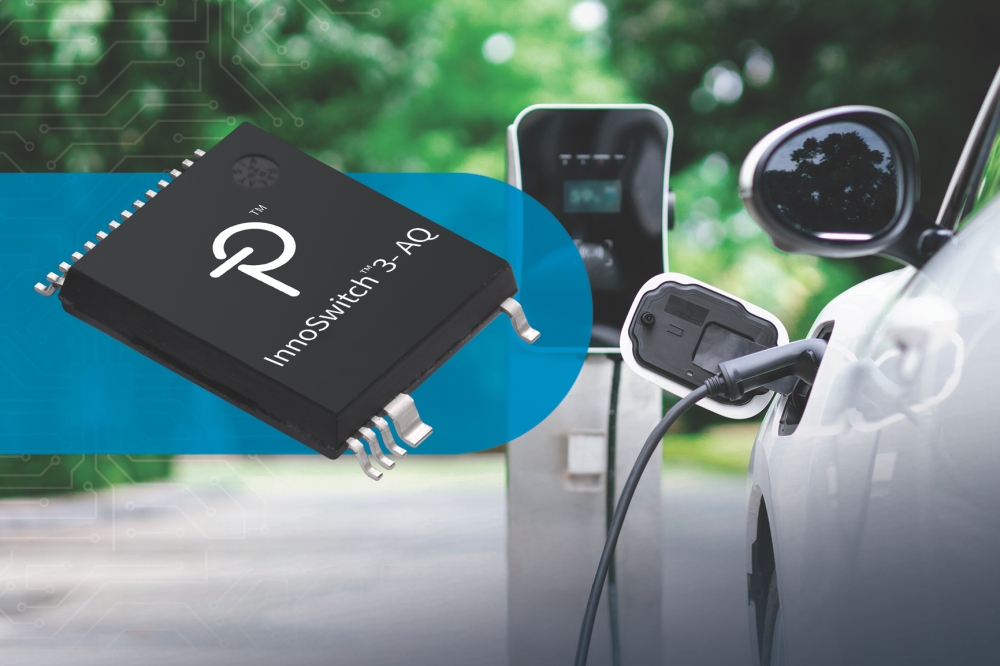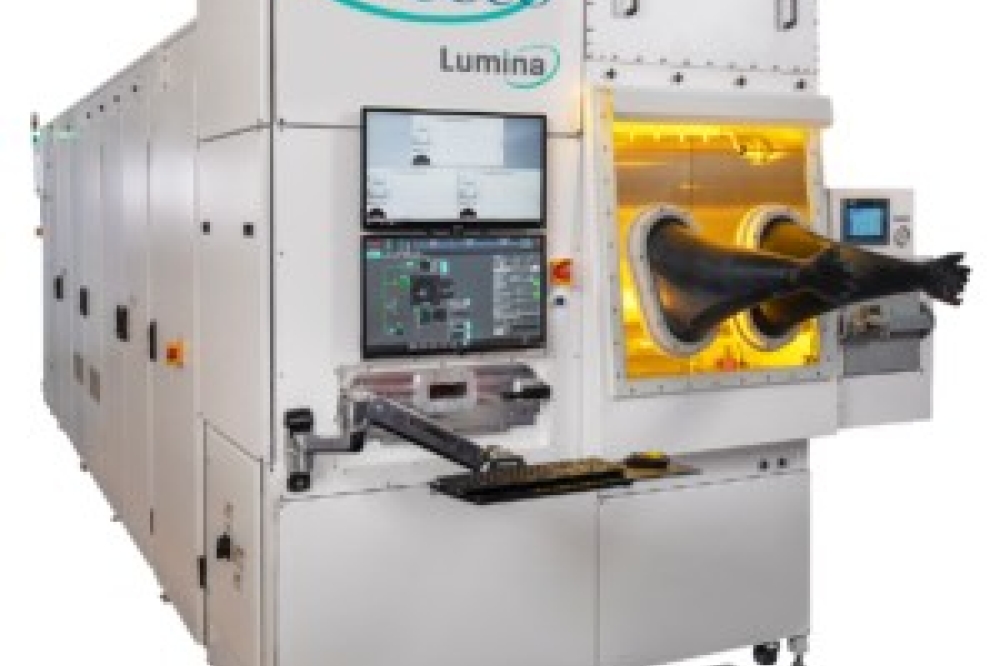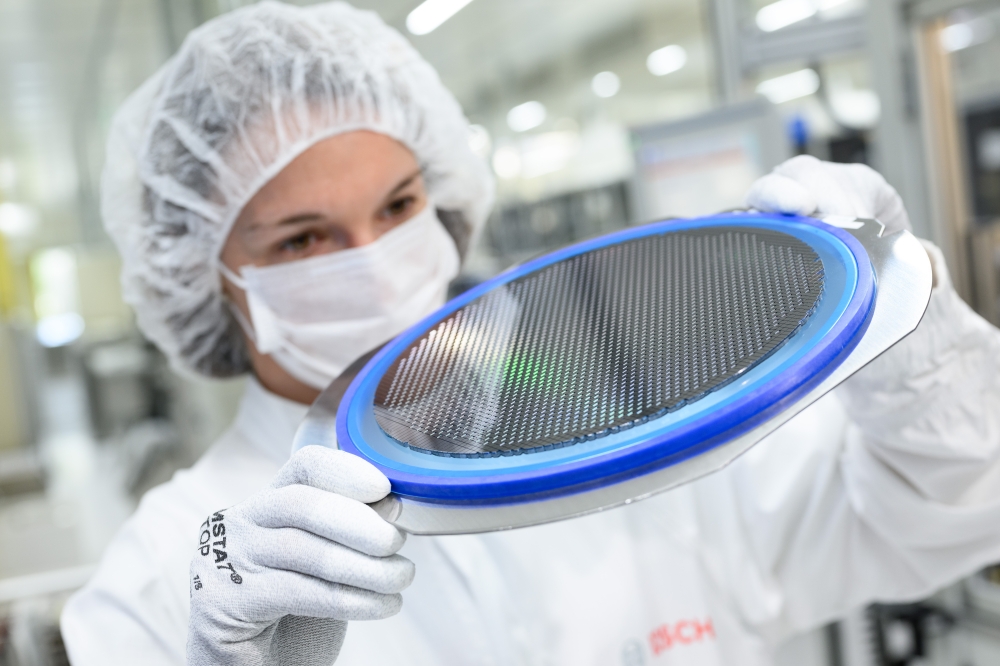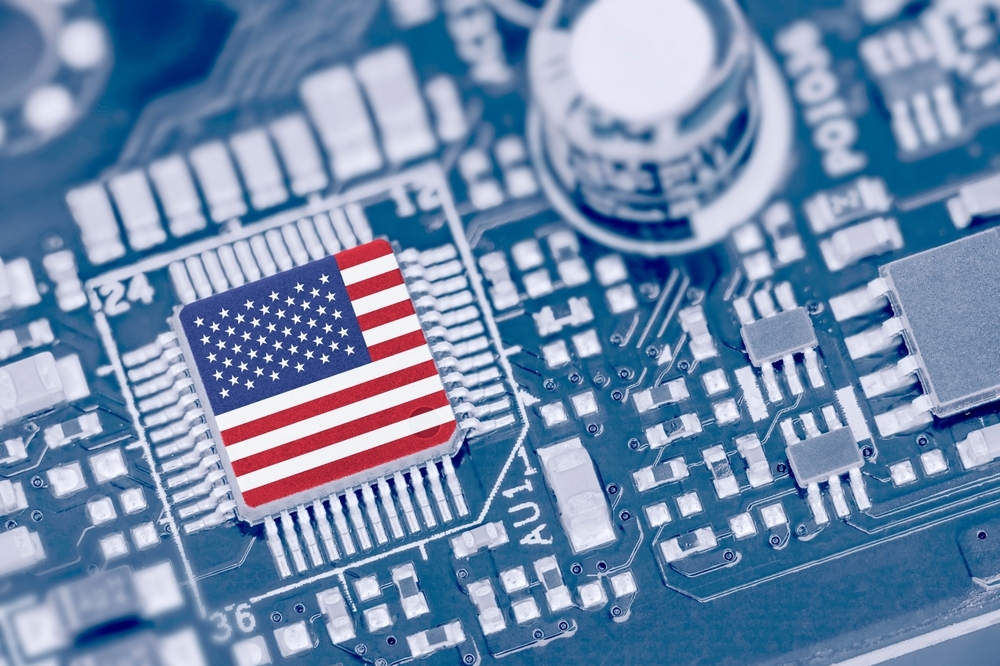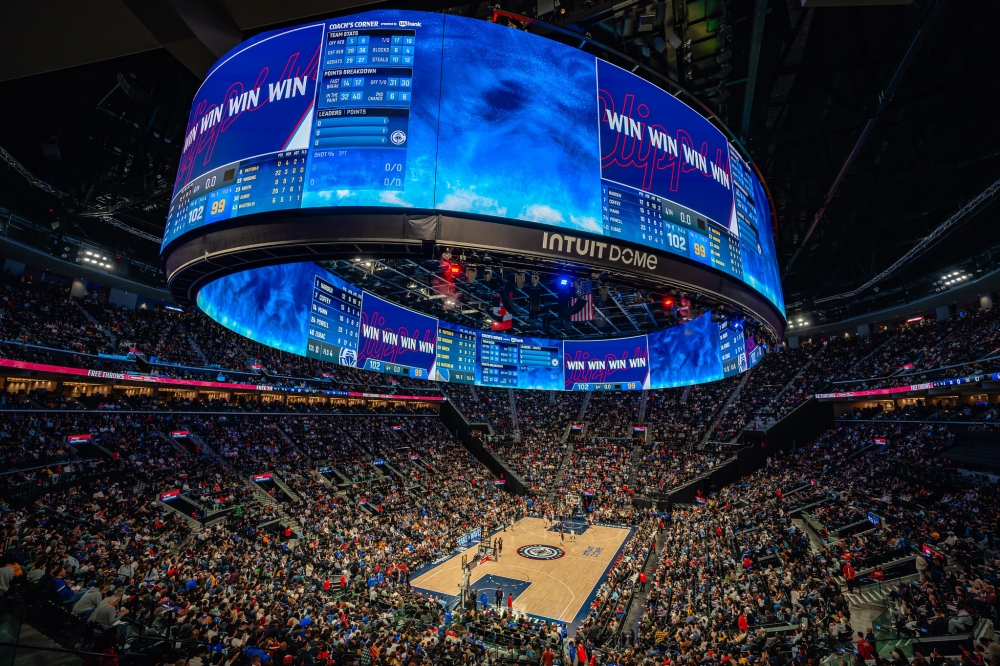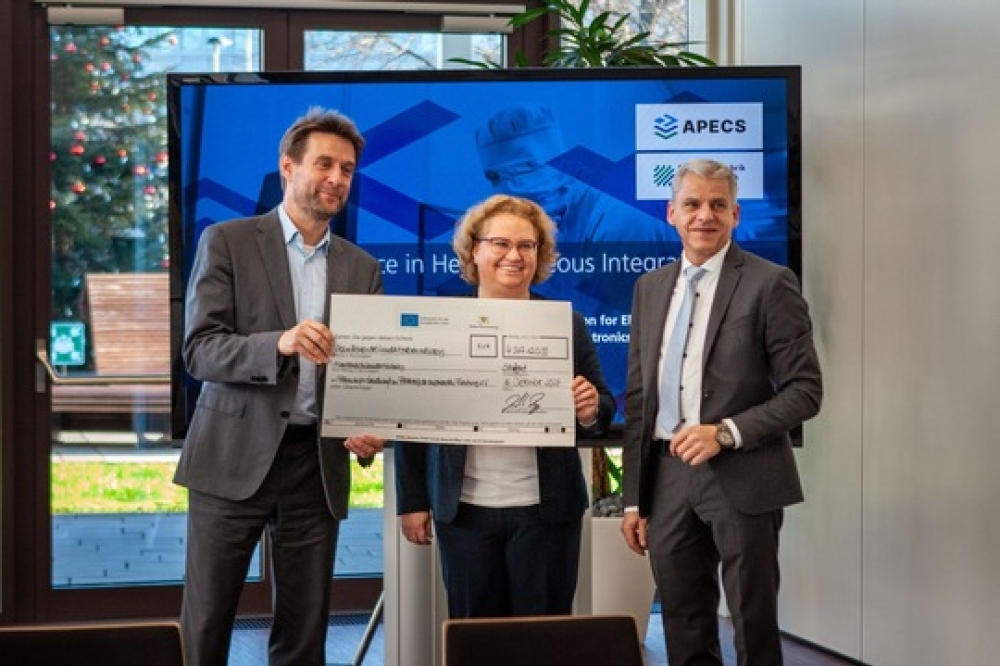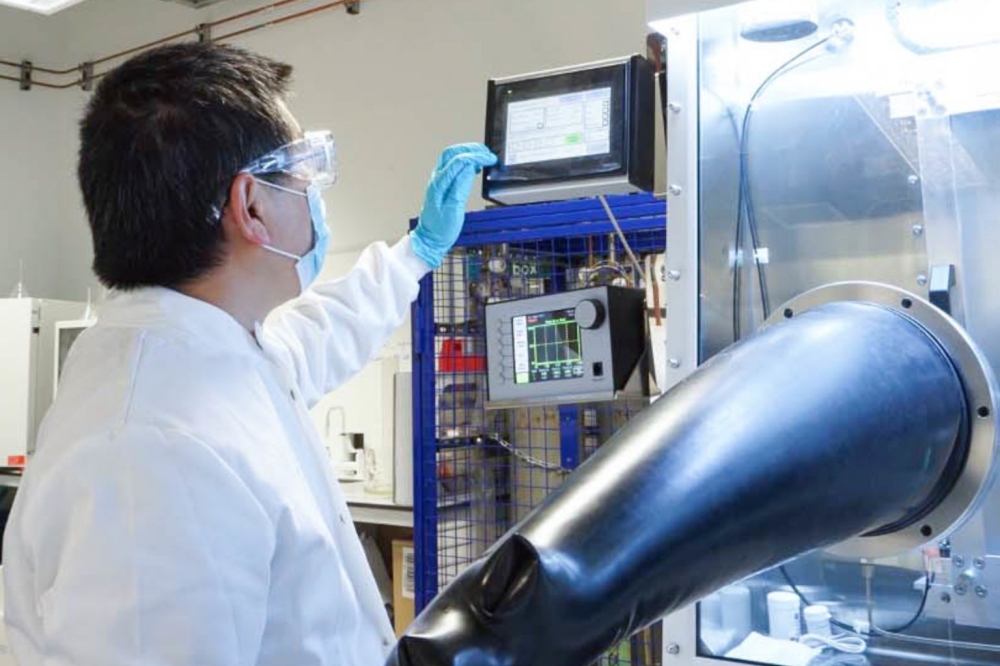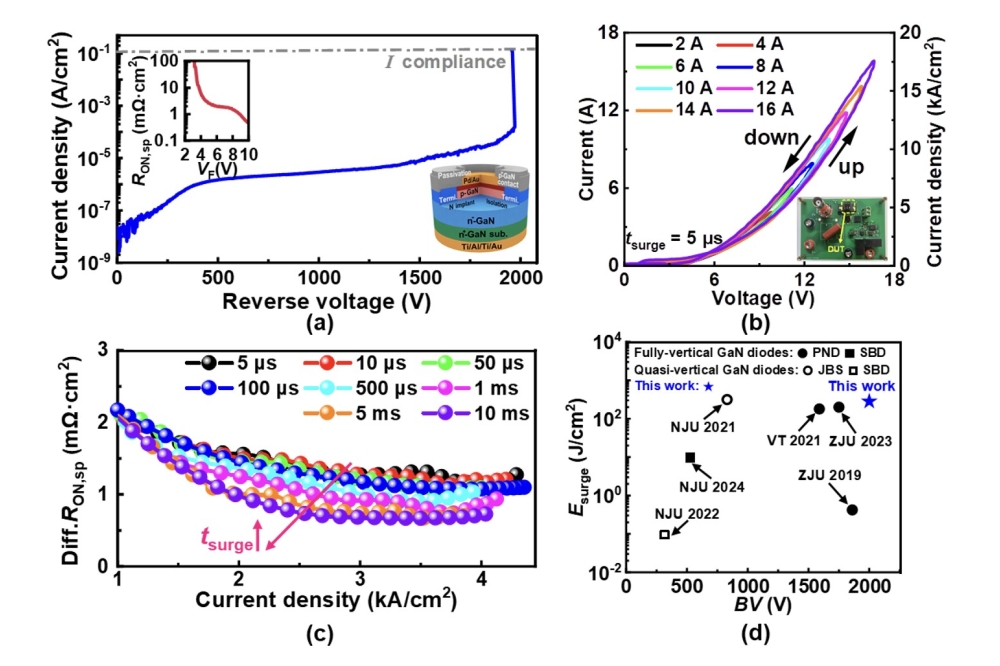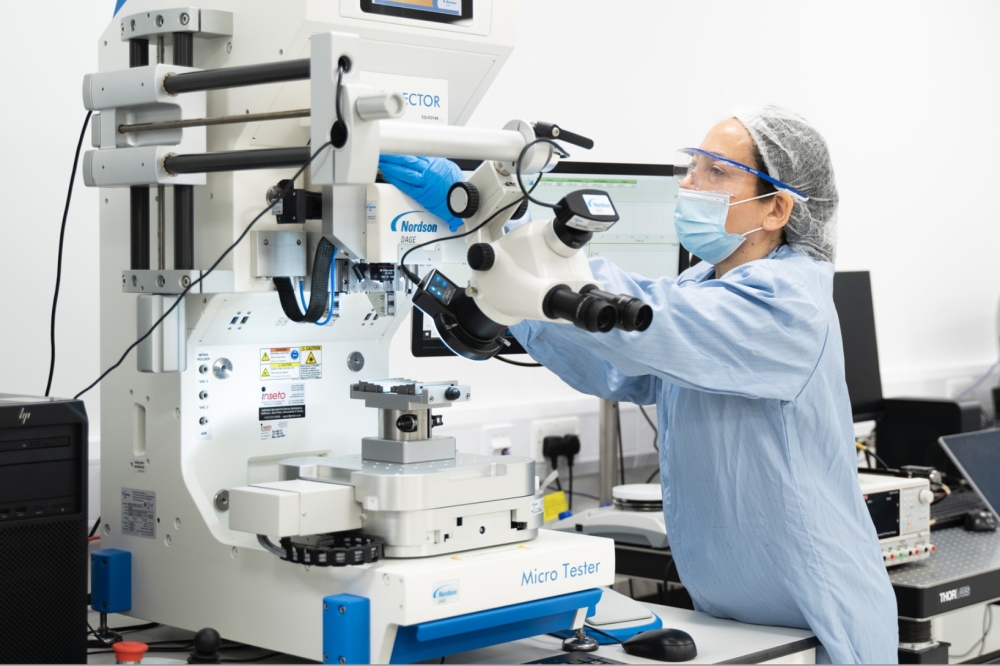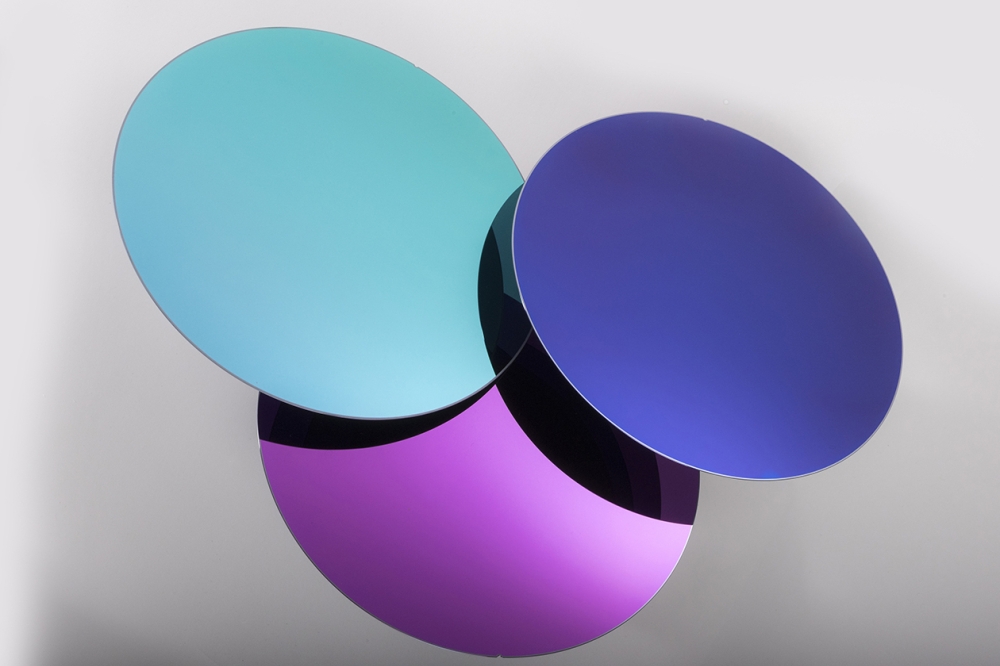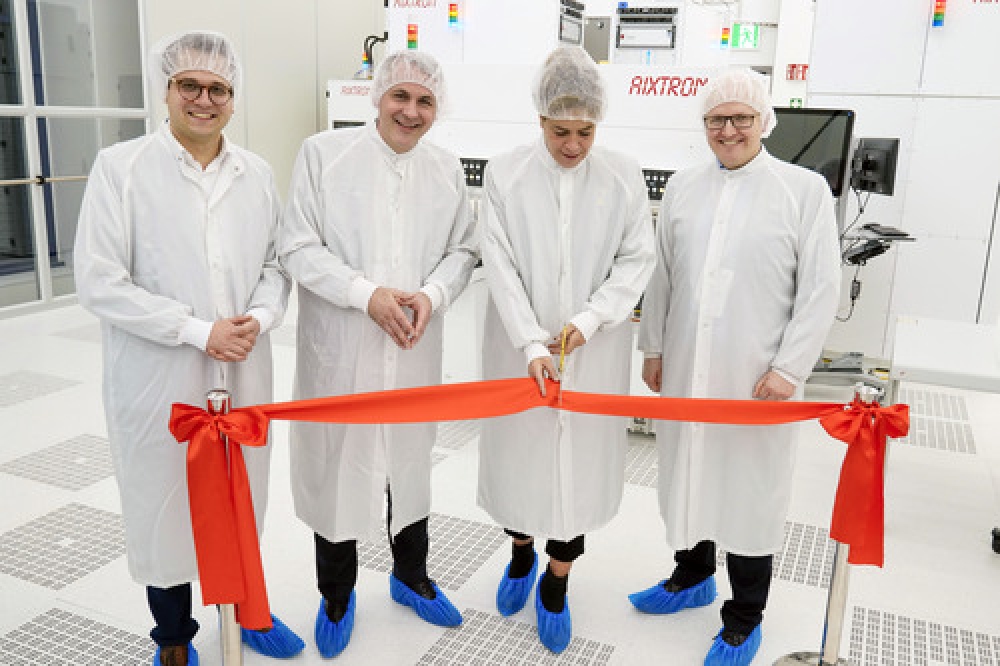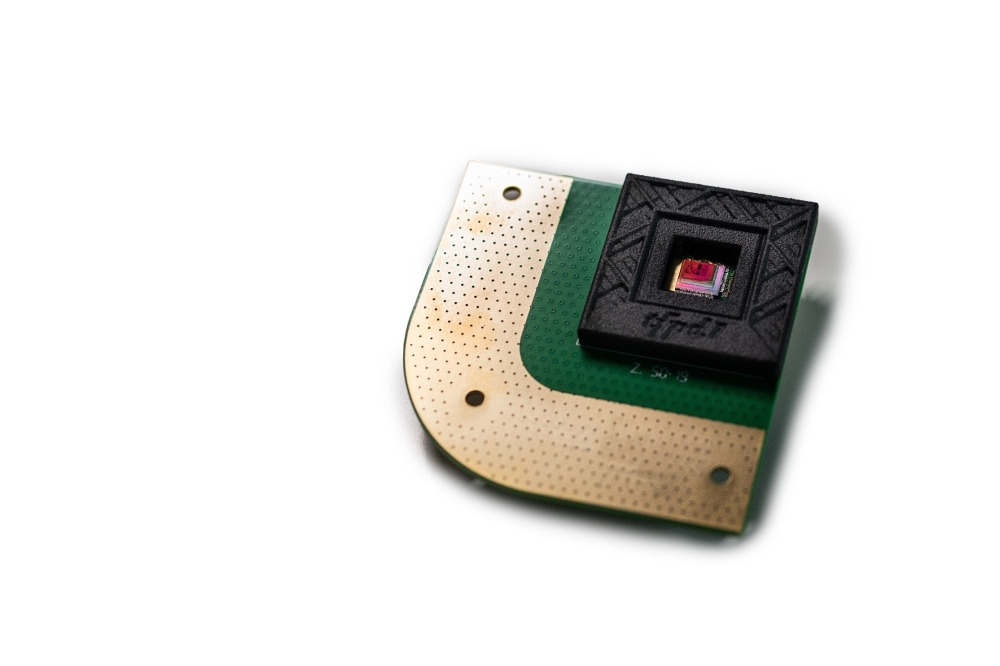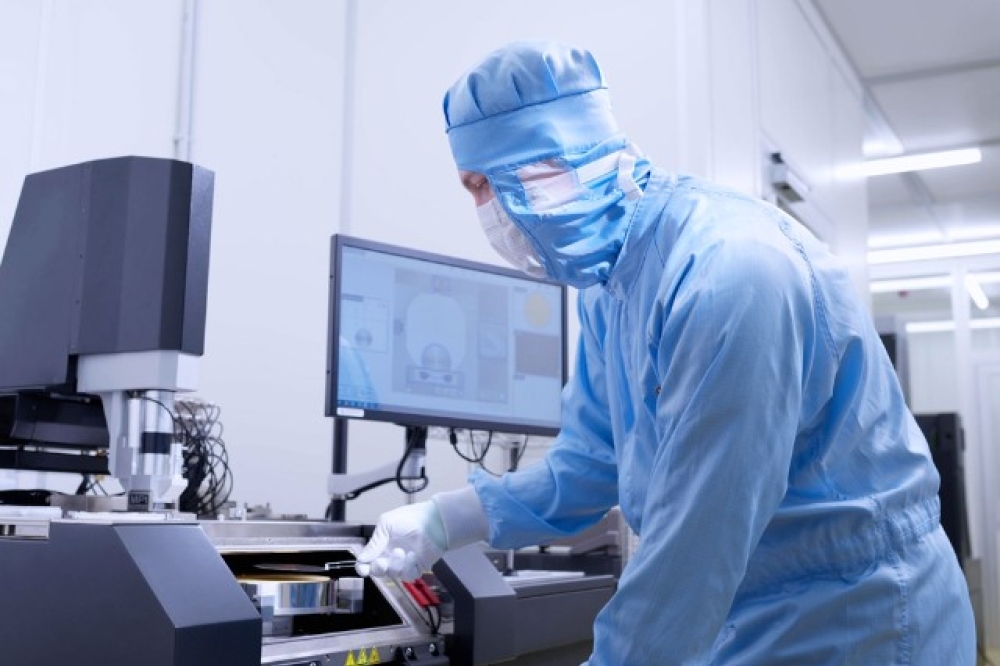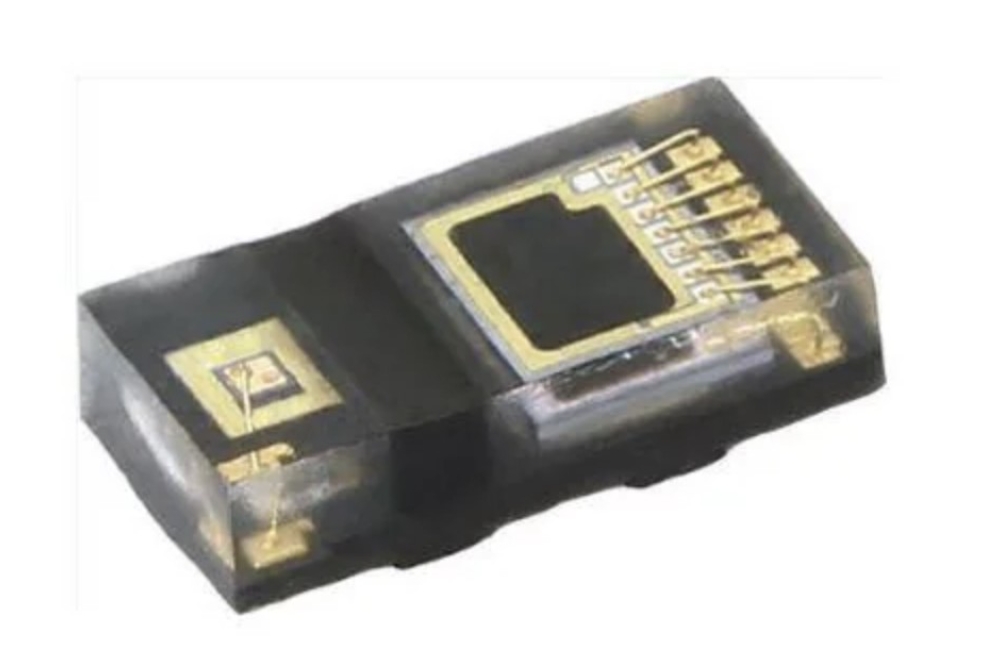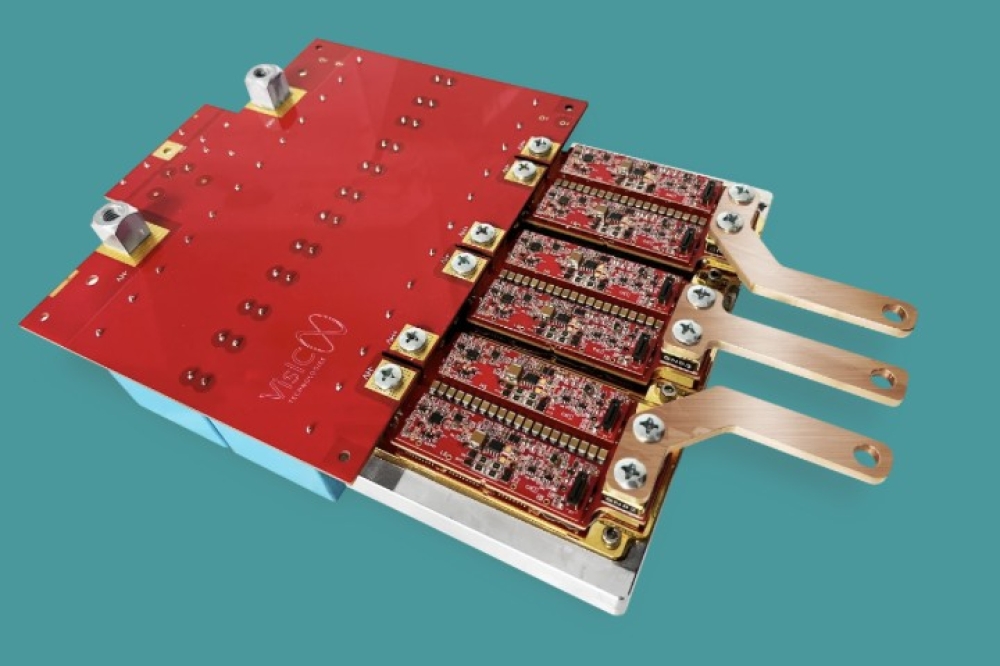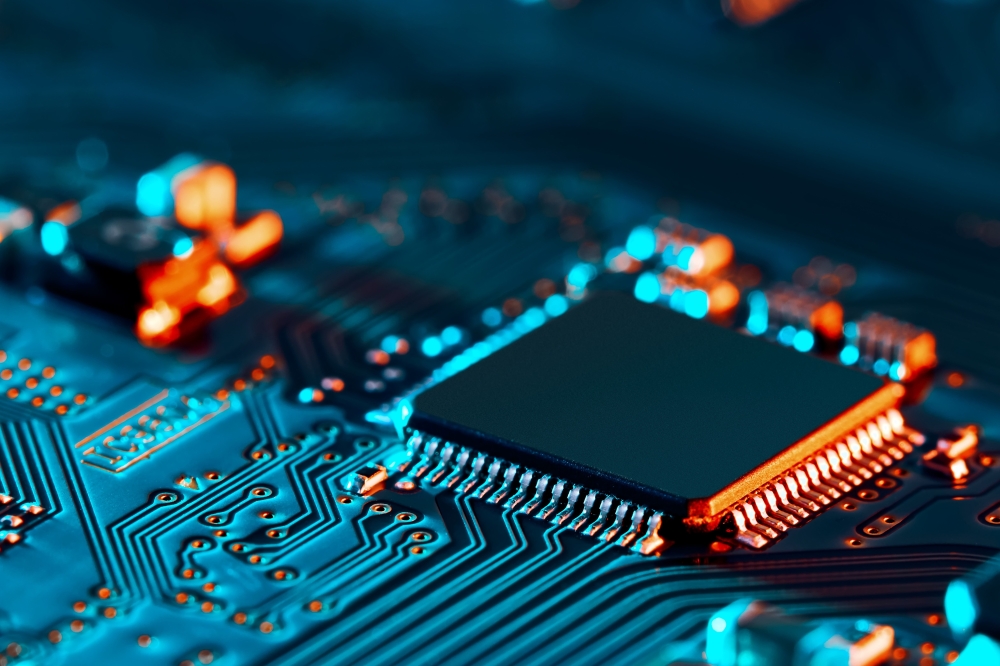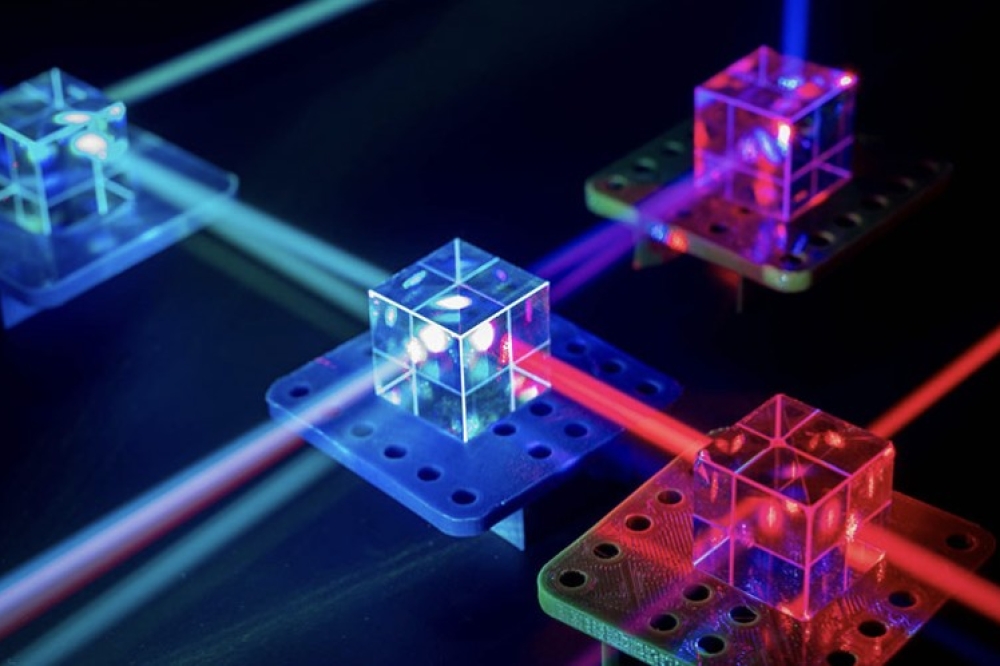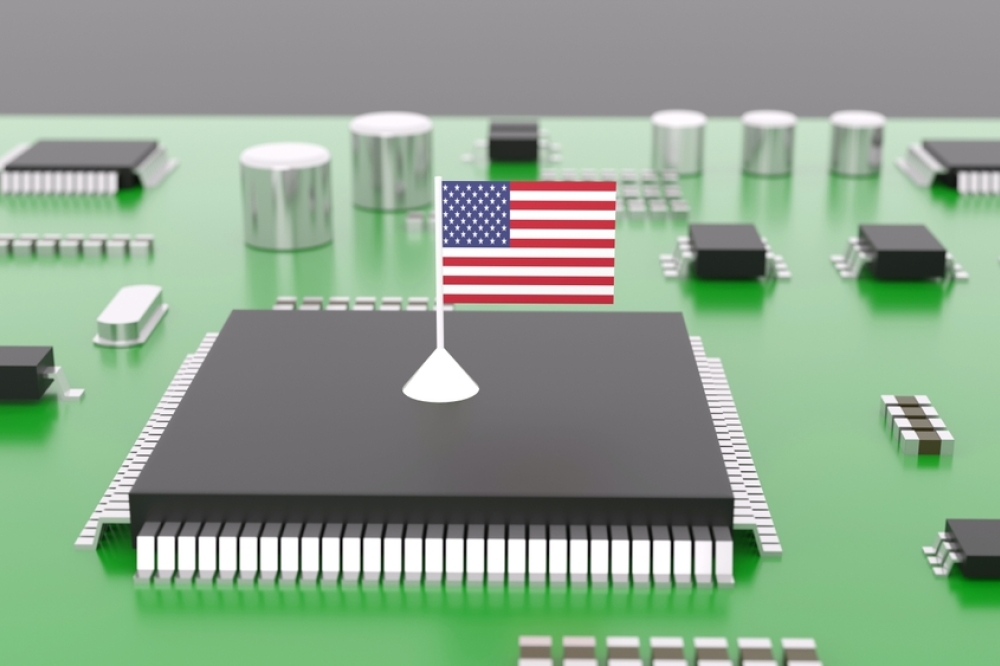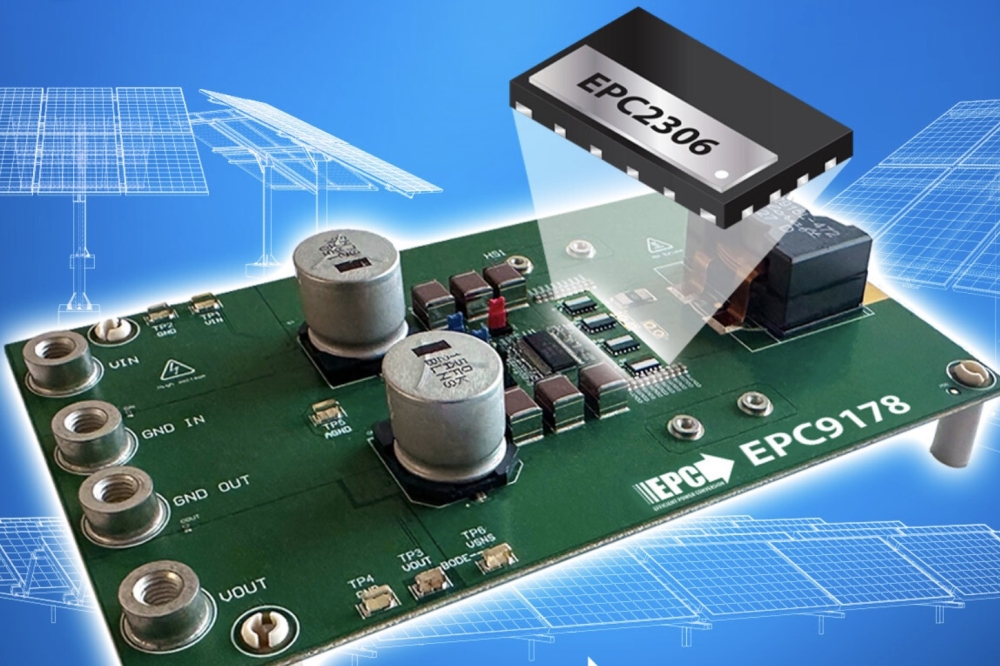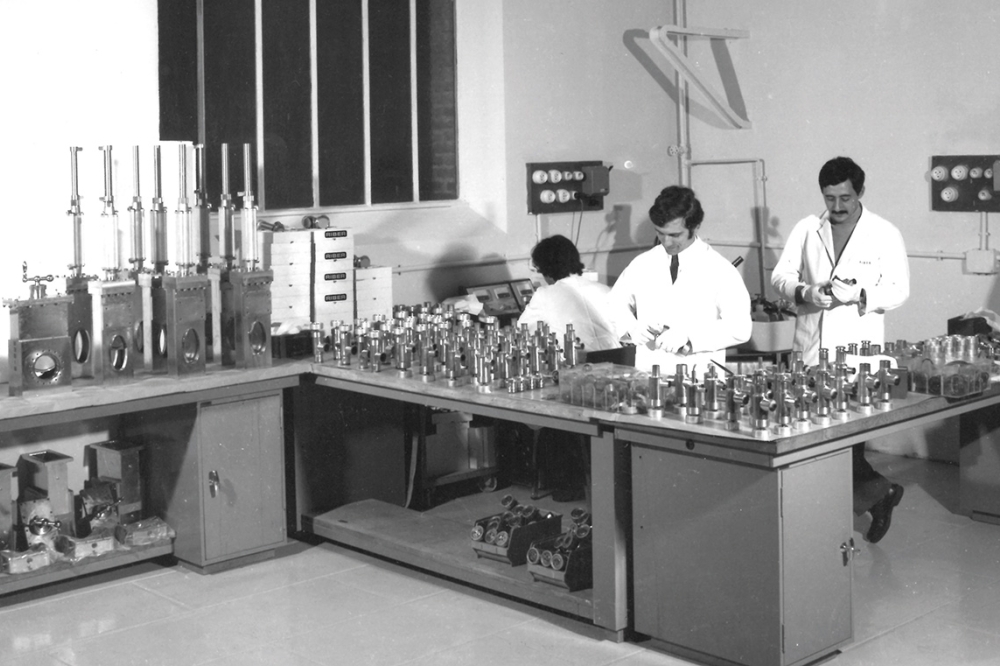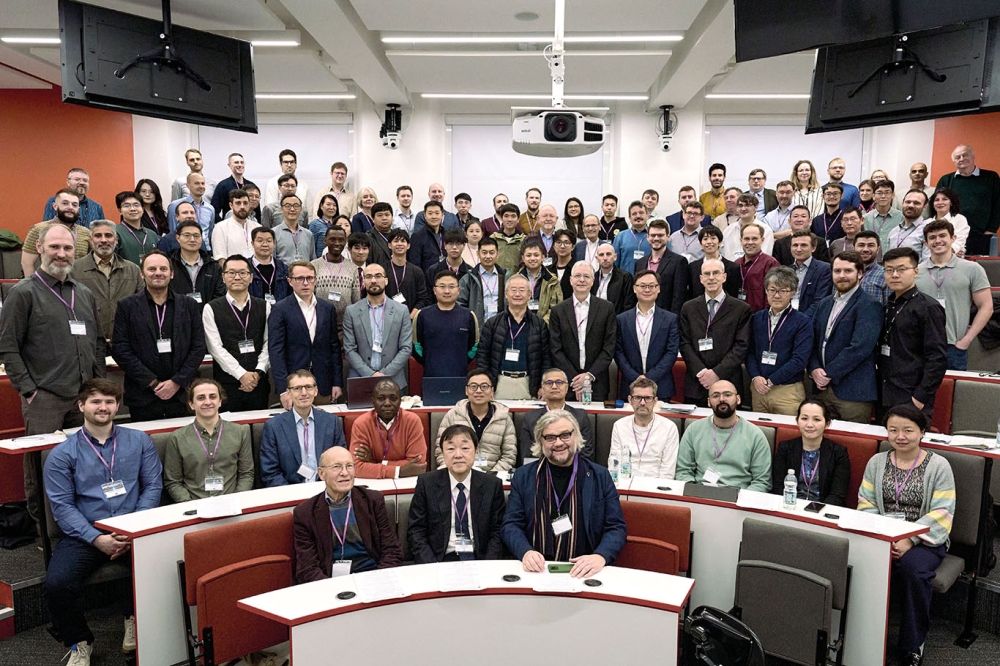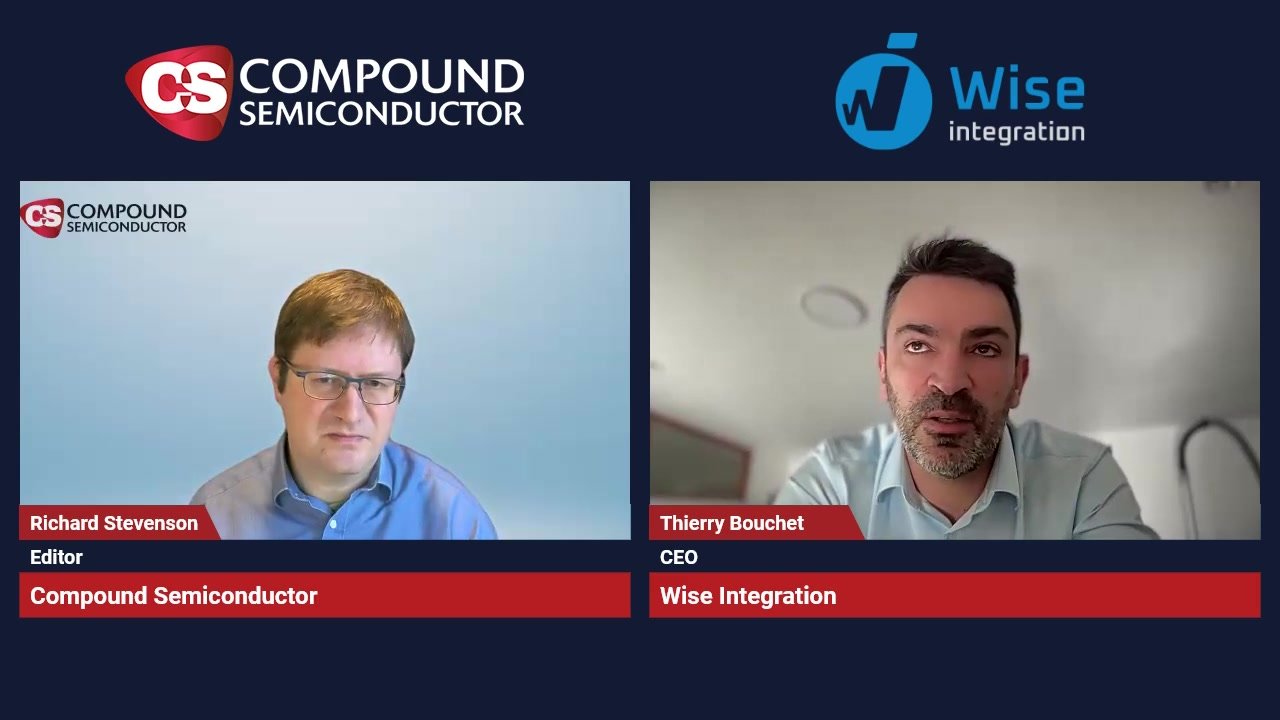Slimmed barriers up high current LED output
By slashing the thickness of InGaN barrier layers in its chips, a US team has given a big boost to LEDs high current operation.
In GaN-based diodes external quantum efficiency (EQE) typically falls when current densities exceed 50 Acm-2, but Virginia Commonwealth University researchers have raised this peak to 1100 Acm-2.
Hadis Morkoç s group described 400-410 nm LEDs with 12 nm and 3 nm thick barrier layers surrounding their quantum-wells (QW) in Applied Physics Letters in October.
In some of the 3 nm barrier LEDs, EQE remained nearly constant up to 2000 Acm-2. This is drastically different from the sharp EQE drop-off seen in today s commercial LEDs.
The barrier layers are used to control the flow of carriers to an LED s QW, and are often made from GaN. Morkoç believes that the composition of these barriers are central to the “droop” in efficiency at higher currents.
“Poor hole transport and injection through the barrier leading to serious electron leakage without contributing to radiative recombination are responsible,” he writes.
The active regions in the team s devices were made from six 2 nm thick In0.14Ga0.86N layers, separated by In0.01Ga0.99N barriers. In different LEDs the barriers were either all 3 nm thick or all 12 nm thick.
Calculating the carrier distribution in the 12 nm barrier LED showed a hole concentration on the p-side of the active region seven orders of magnitude higher than the n-side. For the 3 nm barrier die the holes were uniformly distributed.
For the 12 nm barrier devices EQE peaked at 200 Acm-2, and electroluminescent intensity was higher than for the 3 nm devices up to 100 Acm-2. However, at 175 Acm-2 the luminescent intensity of the samples with 12 nm barriers was only half that of those with 3 nm barriers.

